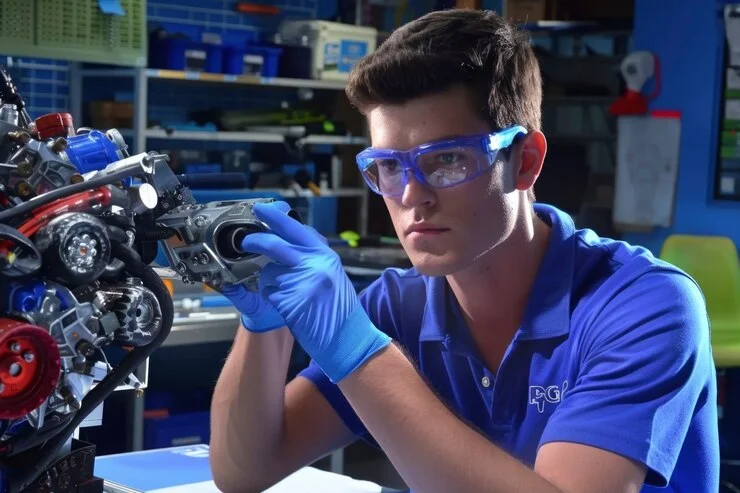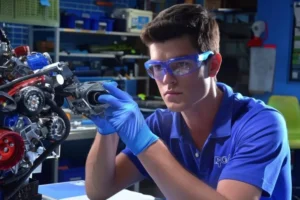
Finding good, reliable, used avionics equipment is a satisfying but sometimes tricky process. Whether upgrading an aircraft or replacing faulty components, buying secondhand avionics can save a fortune without having to give away too much in terms of performance. It is, however, important to ensure the equipment meets the necessary standards and functions as expected to avoid unnecessary risks. It just takes a strategic approach to buying and knowing what to look for. That way, buyers can invest in quality used avionics that will improve the safety and efficiency of their aircraft.
1. Verify Equipment Compatibility with Your Aircraft
The first thing one has to do before purchasing any avionics equipment is to verify whether it is fully compatible with the aircraft model. The avionics systems are not all the same; rather, different planes have different specifications and electrical architectures. Cross-checking serial numbers of equipment and model specifications against the manufacturer’s guidelines for seamless integration will go a long way in ensuring compatibility. Consultation with the aircraft’s maintenance manual or advice from certified technicians may also provide clarity as to whether the equipment will function as intended. Compatibility focus at the point of buying will save buyers from installation issues and costly modifications later on.
2. Source from Reputable Dealers and Certified Resellers
Where and when acquiring used avionics equipment, the source is much more important than the actual product. Reputable brokers and certified resellers many times will be highly valuable in testing and checking on the condition and operation of that equipment. In the large majority of instances, there is a warranty of at least some kind offered that will give some sort of assurance if it proves unable to perform as intended. Look for resellers who have specialized in avionics and built a reputation within the aviation industry. Reviews, testimonials, and references will give a better understanding of how reliable the dealer is. A very reliable source ensures minimal chances of buying faulty or counterfeit equipment.
- Consider Bundling with Other Avionics Supplies
Purchasing used avionics alongside essential avionics supplies can offer better value and improve the overall condition of the aircraft’s system. Some dealers bundle used avionics with cables, connectors, antennas, or mounting brackets, ensuring that all components are compatible and ready for installation. Bundling can also reduce the hassle of sourcing individual parts from different suppliers, streamlining the entire upgrade process. This approach not only saves time but can often lead to discounts or package deals. By looking at the bigger picture and sourcing multiple components together, buyers ensure they have everything needed for a smooth avionics upgrade.
4. Check the Service History and Documentation
A good service history can tell much about used avionics equipment. Maintenance logs, calibration certificates, and repair records are examples of documentation that provide insight into previous usage and whether or not the equipment has been serviced regularly. Equipment that is regularly maintained is less likely to fail suddenly. Secondly, the buyers need to make sure that the equipment meets the FAA regulations or the relevant aviation authorities in their region. Verification of paperwork not only brings transparency but also raises the chances that the equipment will be operating reliably for years to come.
5. Prioritize Testing and Bench-Checking
Avionics should be tested before buying to ensure the equipment actually works in the real environment. Many reputable dealers offer a service called bench-checking, which involves taking the equipment out of the aircraft to test if it performs to specifications. This process can identify hidden defects or inconsistencies that may not be visible through visual inspections alone. Some buyers may like to bring their avionics technician to independently test the equipment or request a demonstration of the unit in operation. Prioritizing this step helps avoid purchasing equipment that may fail shortly after installation.
Conclusion
While buying secondhand avionics equipment can be practical, one must make the right purchase with careful consideration. Compatibility verification, sourcing from reputable dealers, inspection of service history, thorough testing, and bundling with other avionics supplies are all key factors that make up a successful investment. By following these tips, aircraft owners can obtain reliable avionics that provide long-term value without sacrificing safety or efficiency.






